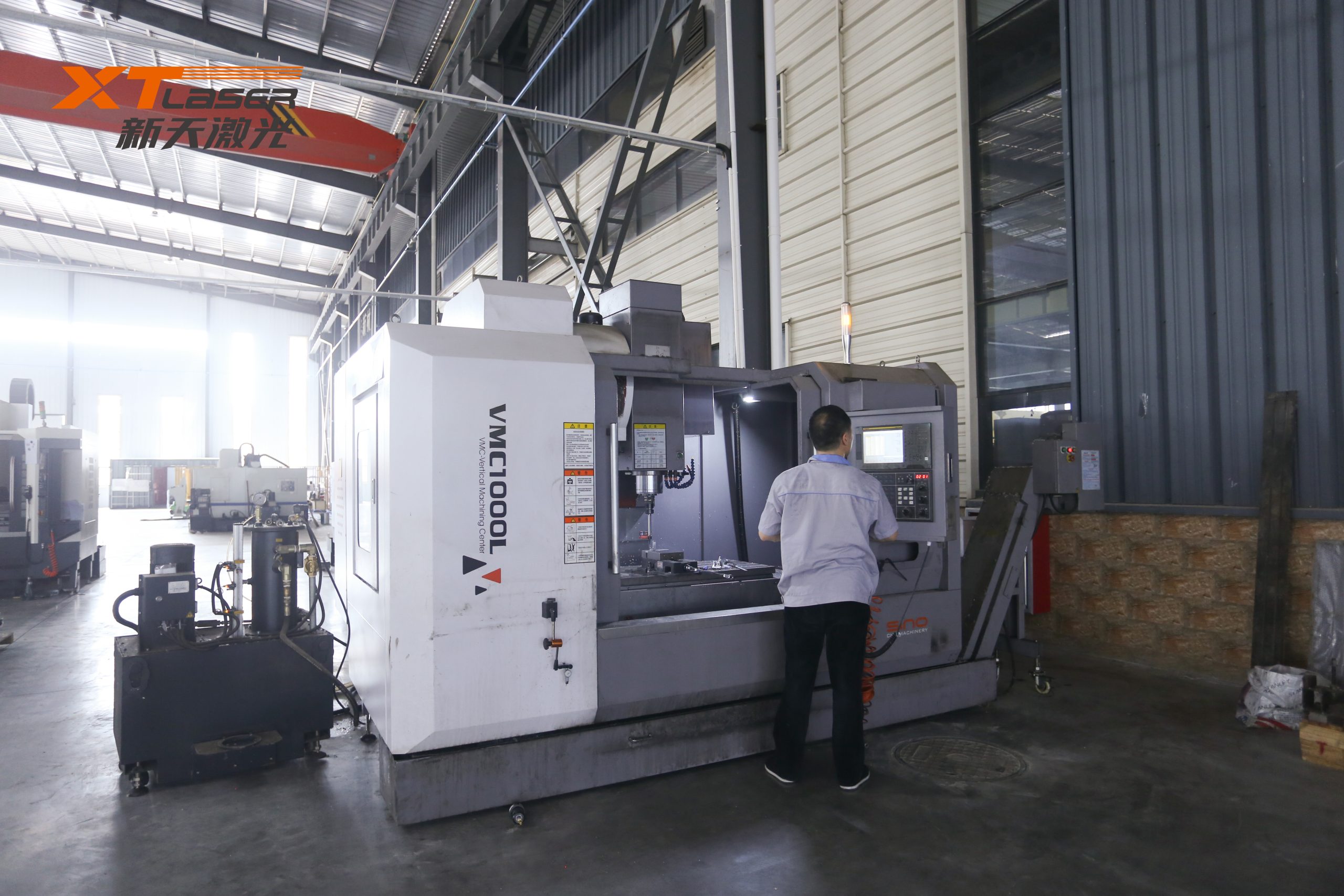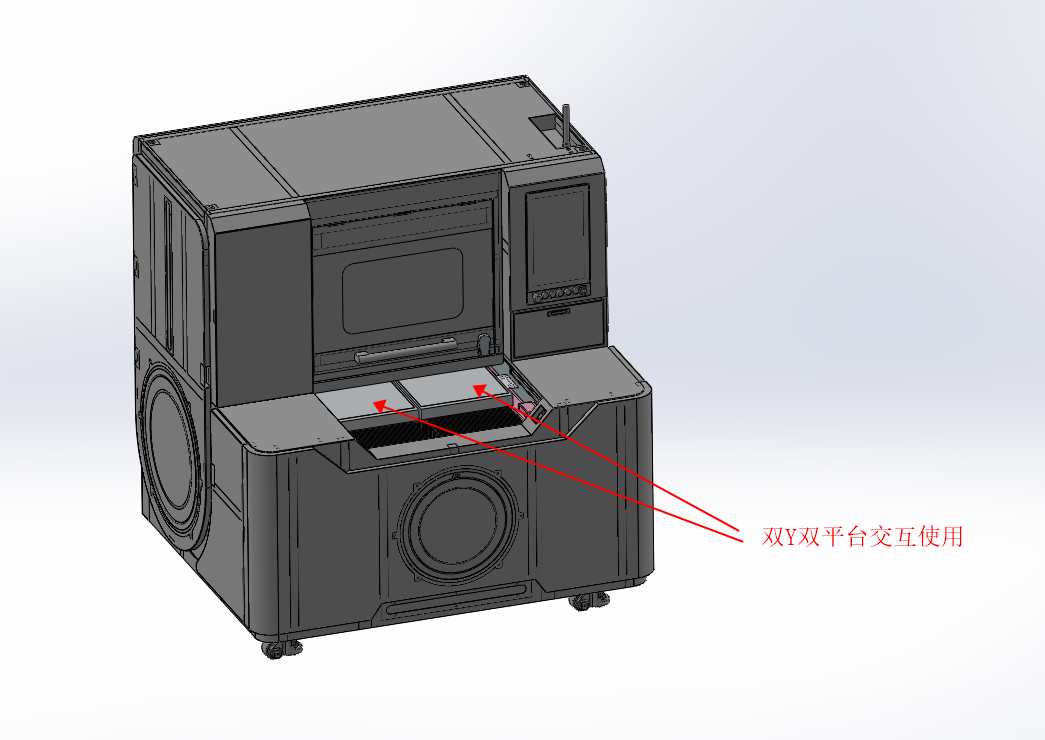How to clean the lens of laser cutting machine
XT Laser-laser cutting machine
The focus lens of the laser cutting machine is a relatively precise optical element, and its cleanliness directly affects the processing performance and quality of the laser cutting machine.

Since the optical lens in the laser system is consumable, it is very necessary to carry out regular maintenance on the focusing lens. In order to prolong the service life as much as possible and reduce the use cost, the lens must be cleaned in strict accordance with this specification. During the replacement process, optical lenses should be placed, inspected and installed to prevent lens damage and pollution. After the new lens is installed, it should be cleaned regularly.
When laser cutting materials, a large amount of gas and splashes will be released from the working surface, thus causing damage to the lens. When the pollutants fall on the lens surface, they will absorb the energy of the laser beam and cause the thermal lens effect. If the lens is not subject to thermal stress, the operator can disassemble it and clean it. In the process of lens installation and cleaning, any viscous substances, even oil droplets printed on the nail, will increase the absorption rate of the lens and reduce the service life. The following precautions must be taken:.
1. Take out the focusing lens from the lens frame: loosen the fastening screws, and do not install the lens with bare fingers. Wear fingertips or rubber gloves.
2. Do not use sharp tools to avoid scratches on the lens surface.
3. When shooting a lens, do not touch the film layer, but hold the edge of the lens.
4. The lens should be tested and cleaned in a dry and clean place. A good worktable surface will have several layers of cleaning paper towels and several paper towels for cleaning lenses.
5. Users should avoid talking to the camera and keep food, drink and other potential pollutants away from the working environment.
In the process of cleaning lenses, relatively low risk methods should be used. The following operation steps are set for this purpose, and users can use them as required:
1. Use a hair dryer to blow off the floating objects on the surface of the original object, especially the lenses with tiny particles and flocs on the surface. This step is necessary. However, do not use the compressed air on the production line, because the air will contain oil mist and water droplets, which will further pollute the lens.
2. Gently clean the lens with analytically pure acetone, dip an appropriate amount of acetone or high alcohol with a laboratory-grade paper soft cotton ball, and gently rotate clockwise from the center of the lens to the edge. If necessary, both sides of the lens need to be cleaned. Pay attention when scrubbing. If the lens has two coated surfaces, such as the lens, each surface needs to be cleaned in this way. The first side needs to be protected on a piece of clean lens paper.

3. If acetone cannot remove all dirt, clean it with acid vinegar. When cleaning with acid vinegar, it is used to dissolve dirt and remove dirt, but it will not damage the optical lens. This vinegar can be laboratory grade (diluted to 50% concentration), or household white vinegar plus 6% acetic acid. The cleaning procedure is the same as that of acetone, then remove the acid vinegar with acetone and dry the lens. At this time, the cotton ball should be replaced frequently to make it completely absorb acid and hydrate. Until it is cleaned.
4. When pollutants and lens damage cannot be removed by cleaning, especially when the film is burnt due to metal splash and dirt, the only way to restore good performance is to replace the lens.
5. Install the lens tube and air nozzle, adjust the focal length, and tighten the fastening screws. When installing the focusing lens, keep the convex side down. It can be seen that in order to achieve better cutting effect, the operating requirements for lens cleaning are relatively high. Moreover, due to the water and oil in the air, if no special treatment is carried out, the lens will be polluted, the cutting head will be unstable, and the cutting effect and quality will not meet the standard. Therefore, the lens of the cutting machine must be cleaned in strict accordance with the above methods to extend the service life of the lens.

